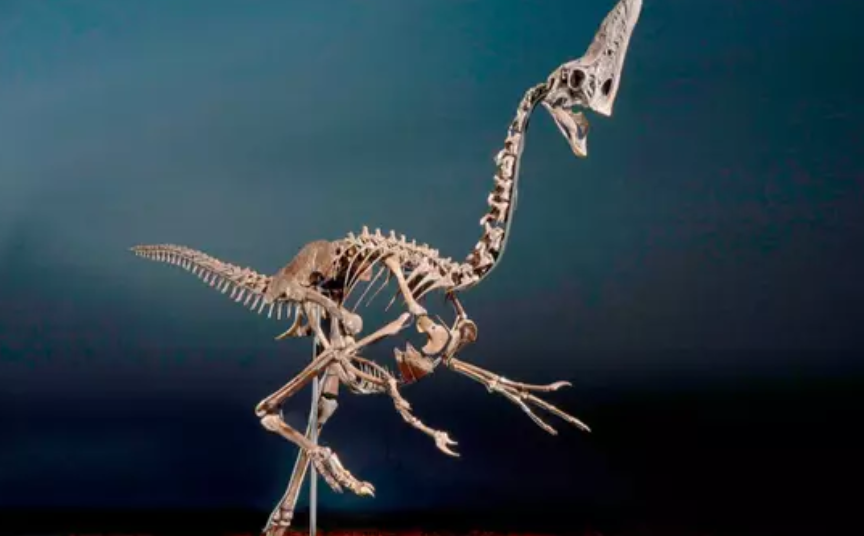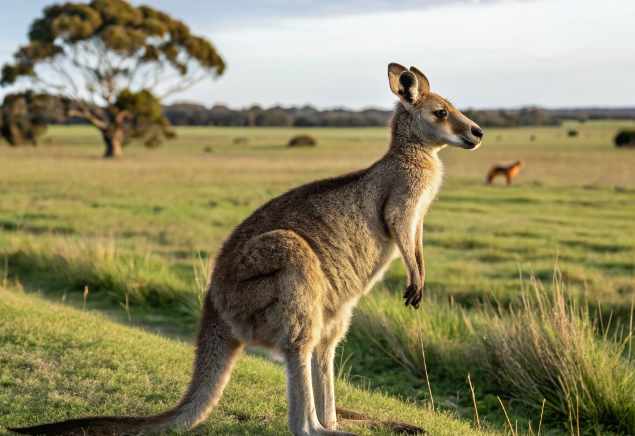The Curious Case of the Yeti Crab: A Furry Denizen of the Deep
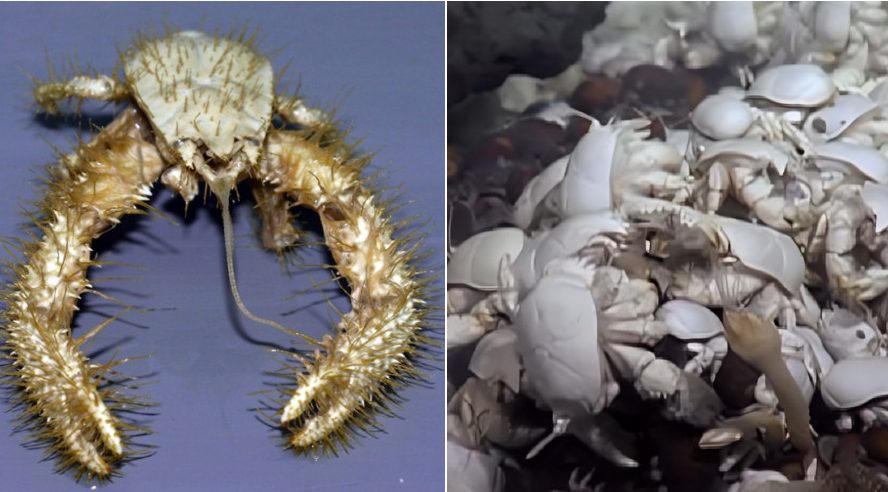
©️ Wikipedia / National Geographic / YouTube
Imagine a crab, not with a hard shell and pincers, but with a fuzzy body and delicate claws. Meet the Yeti Crab (Kiwa hirsuta), a fascinating crustacean discovered in the deep, dark depths of the ocean.
The Yeti crab gets its name from its uncanny resemblance to the mythical Yeti, the hairy snowman of legend. The furry feature resemblance is what sparked the name connection. Also, just like the Yeti inhabits the remote, snowy peaks, the Yeti crab thrives in the cold, dark depths of the ocean, far removed from the familiar world. This adds to the air of mystery and the connection to the legendary creature.
This article dives into the world of the Yeti crab, exploring its unique adaptations, diet, and the secrets of its existence.
Home in the Hydrothermal Underworld
The Yeti crab isn’t your typical beach bum. Unlike its shallow-water cousins, it thrives in the extreme environment of deep-sea hydrothermal vents. These vents spew superheated, mineral-rich water, creating an oasis of life on the otherwise barren ocean floor. The darkness, crushing pressure, and scorching temperatures would be hostile to most creatures, but the Yeti crab has adapted to make these vents its home.
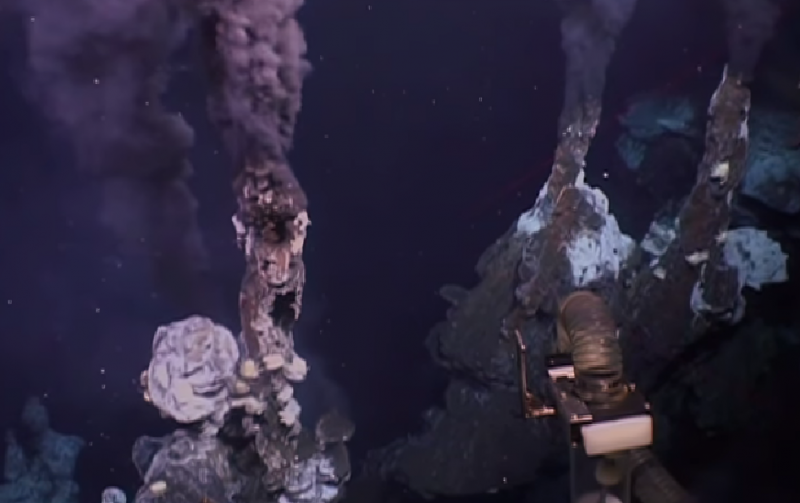
A Genus of Its Own: Kiwa Hirsuta and Beyond
The Yeti crab belongs to the genus Kiwa, named after a Polynesian goddess of shellfish. Yeti crab, Kiwa hirsuta itself is the most well-known species, but a close relative, Kiwa tyleri (also known as the Hoff crab), was discovered in 2015. Both crabs share the characteristic “fur,” but Kiwa tyleri has a flatter body and lives even deeper than Kiwa hirsuta.
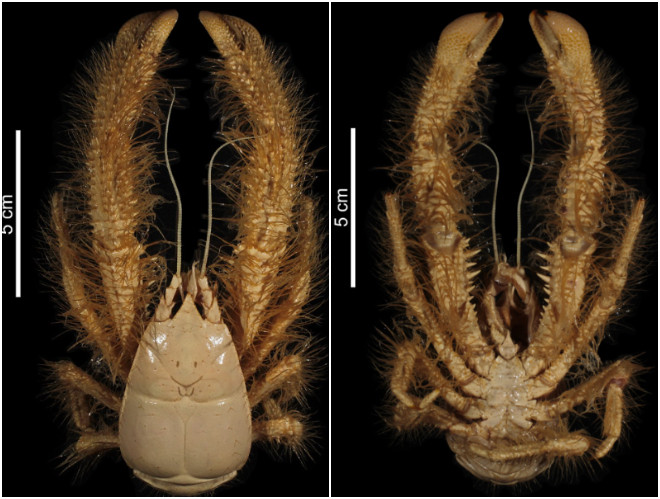
The Secret Weapon: The Furry Coat
The Yeti crab’s most striking feature is its dense coat of setae, which are long, filamentous structures that resemble fur. These aren’t just for show, though. The setae are teeming with chemosynthetic bacteria, which use the chemicals from the hydrothermal vents to produce energy. Scientists believe the Yeti crab cultivates these bacteria as a food source, filtering them out of the water with its setae. This symbiotic relationship allows the crab to thrive in an environment devoid of sunlight and scarce in organic matter.
More Than Just a Fuzzy Foodie
The Yeti crab’s adaptations go beyond its furry coat. It lacks eyes, relying on other senses to navigate the darkness. Its compact body allows it to withstand immense pressure, and its delicate claws are perfect for manipulating its feathery appendages.
Recent studies suggest the Yeti crab might even “farm” its bacterial food source. By waving its setae in the water column, it creates a current that brings fresh nutrients for the bacteria to thrive. This “bacterial garden” ensures a constant supply of food for the crab.
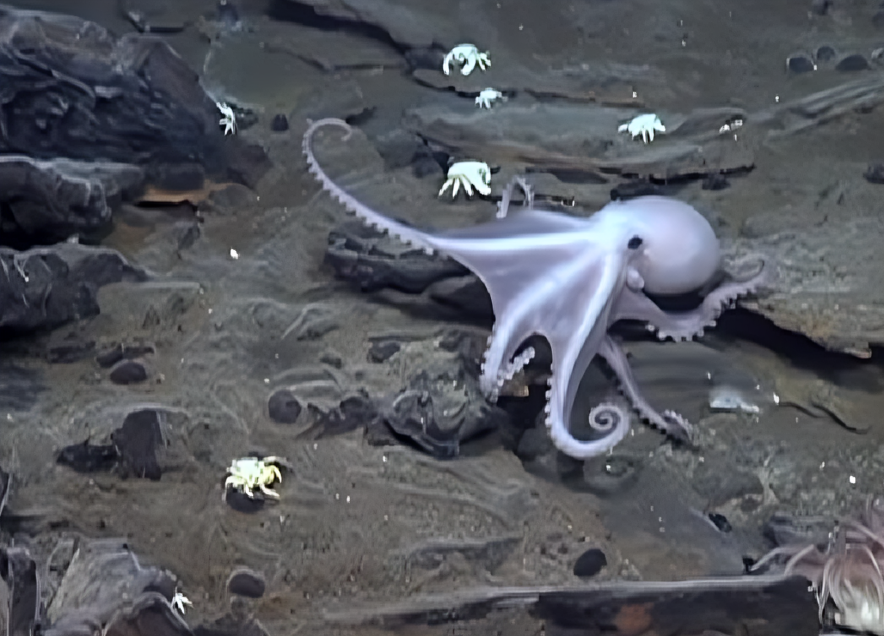
A Discovery With a Big Impact
The Yeti crab was first discovered in 2005 by a team exploring hydrothermal vents near Easter Island. This discovery not only unveiled a new species but also a whole new family of squat lobsters – the Kiwaidae. The Yeti crab serves as a reminder of the vast biodiversity that remains hidden in the deep sea, waiting to be explored.
More Fun Facts About the Fascinating Yeti Crab
The Yeti crab is a treasure trove of interesting adaptations and behaviors. Here are a few more mind-boggling facts to add to your Yeti crab knowledge:
1. Blind But Not Clueless
The Yeti crab’s lack of eyes might seem like a disadvantage, but it has developed other ways to navigate its dark world. Those feathery setae covering its body? They act as super-sensitive touch receptors, allowing the crab to feel its surroundings and detect food sources.
2. The Yeti Crab’s Social Side
The Yeti crab might look like a solitary creature, content to cultivate its personal bacterial garden. But here’s a surprising fact: these crabs are actually quite social! Due to the extreme cold of the deep sea, the warmth radiating from the hydrothermal vents is essential for their survival. To maximize their exposure to this precious heat, Yeti crabs huddle together in dense clusters, sometimes reaching up to 700 crabs per square meter!
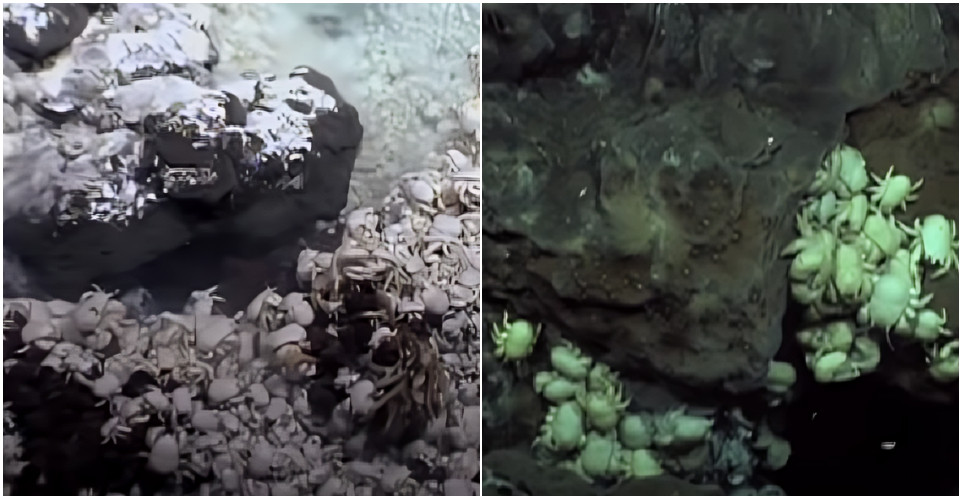
3. Masters of Efficiency
The Yeti crab is all about maximizing resources. Since their food source (the bacteria) relies on chemicals from the vents, the crab has been observed waving its setae in the water current. This “fanning” behavior is thought to help bring fresh nutrients to the bacteria, promoting their growth and ensuring a steady supply of food.
4. Ancient Origins
Genetic analysis suggests the Yeti crab family lineage stretches back a whopping 30 million years! This hints at a long evolutionary history of adapting to the unique environment of deep-sea hydrothermal vents.
The Yeti crab continues to captivate scientists and the public alike. Its unique adaptations, symbiotic relationship with bacteria, and recent discovery make it a compelling example of how life finds a way, even in the most extreme environments.
You may also like: How to Make Your Home Pet-Friendly
